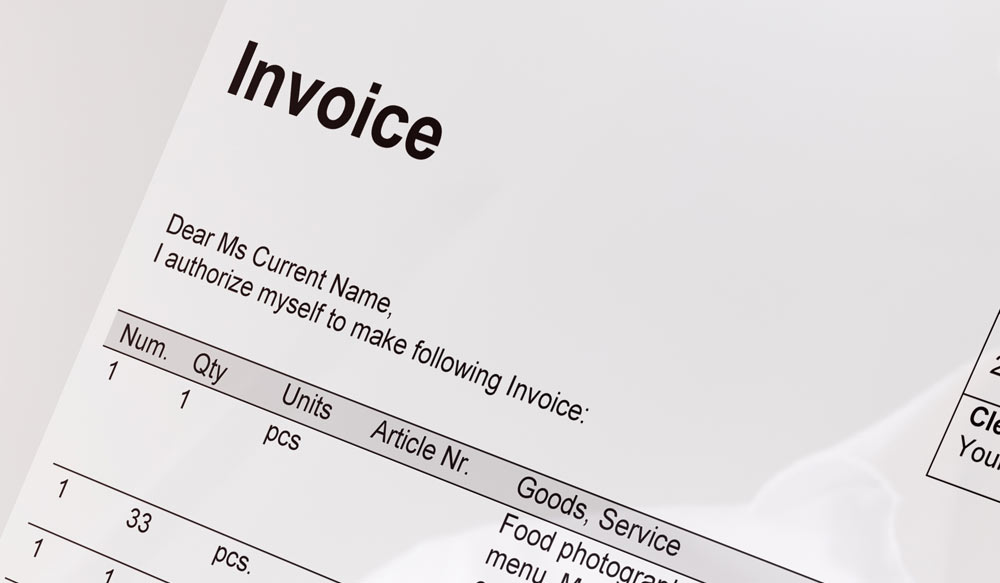GSTN has recently notified two new changes as a facilitation for taxpayers.
A. Introduction of RCM Liability/ ITC Statement
GST Portal will now incorporate a new ledger statement called “RCM (Reverse Charge Mechanism) Liability/ ITC Statement”. This Statement will capture the RCM Liability shown by Taxpayer in Table 3.1(d) of GSTR-3B, and its corresponding ITC claimed in Table 4A (2) and 4A(3) of GSTR-3B for a return period.
As per the Advisory issued by GSTN, the details will be auto-populated from GSTR-3B from August 2024 onwards.
Taxpayer is required to report Opening Balance in the above Statement till the July 2024 return period.
With respect to reporting requirements for Opening Balance, following aspects need to be considered:
1. Where RCM liability is paid in excess, in comparison to ITC availed for tax paid under RCM, positive value of such excess paid liability is to be reported in RCM Liability/ ITC Statement
2. Where excess RCM ITC is availed in comparison to RCM liability discharged, taxpayer will need to fill a negative value of such excess claimed ITC in RCM Liability/ ITC Statement.
To illustrate, suppose for Tax period August 2024, Taxpayer ABC Pvt. Ltd. was required to pay tax under Reverse Charge Mechanism, tax amounting to Rs. 100/-. ABC will indicate liability of Rs. 100 in Table 3.1 (d) of GSTR-3B for August 2024. Considering that ABC is eligible to avail ITC of Rs. 80, ABC will show the ITC of Rs. 80/- in Table 4A(3) of GSTR-3B.
B. Invoice Management System
GSTN has notified a facilitation mechanism to efficiently address invoice corrections/ amendments via a new communication process.
Under this new mechanism, Invoices saved by Supplier in their GSTR-1 for a tax period will be visible in the Dashboard of Recipient.
The Recipient can either:
a. accept or
b. reject an invoice or
c. simply keep it pending in the system.
These actions can be taken from the time the Supplier saves these records in their GSTR-1 till the time of filing of GSTR-3B by the Supplier.
If no action is taken on the invoices in the dashboard, these invoices will be deemed to be accepted, and will move to GSTR-2B. (Ed: From there, it will be open to Taxpayer to label them as Blocked Credit and classify them as such in Table 4B(2) in GSTR-3B)
In case, the Supplier amends the details of invoice before filing GSTR-1, the amended invoice will replace the original one irrespective of action taken by recipient on original invoice.
a. ITC which is accepted, shall be auto-populated in “Eligible ITC” of GSTR-3B
b. Rejected records will not auto-populate in GSTR-3B
c. Pending records will remain in IMS Dashboard, and shall not be part of GSTR-3B or GSTR-2B.
Note: Pending action shall not be allowed in case of Credit Notes.
Ed: In our view the IMS mechanism shall be useful in cases where Suppliers issue Credit Notes, and the Recipient does not account for them. The Advisory clearly provides that where Recipient has rejected a credit note issued by Supplier, then liability of Supplier will be increased in GSTR-3B for the subsequent tax period.



